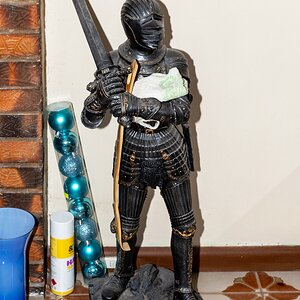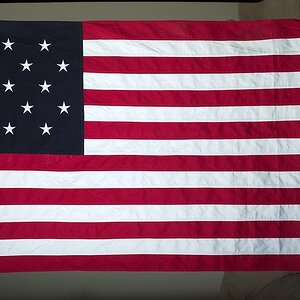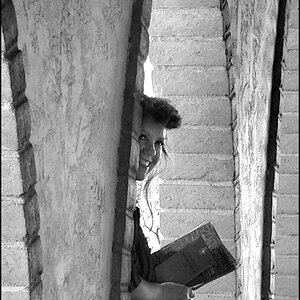Insp Gadget
TPF Noob!
- Joined
- Aug 23, 2009
- Messages
- 65
- Reaction score
- 0
- Location
- Fredericton, NB, Canada
- Website
- www.soulmatesphotography.ca
- Can others edit my Photos
- Photos NOT OK to edit
I am looking for some lens info. My wife is looking for a "Portrait" lens. She does wedding photography and likes to blur the background. I assume a portrait lens would be in the 100mm size for our Nikon camera, however I'm not sure this lens will do what she wants.
I am of the opinion that any lens (regardless of maximum aperture) will have the same amount of DOF as long as they are of the same focal length. I was always taught that DOF is caused by the light bending around the leaves of the aperture as you stop down, so would a 100mm 2.0 have the same DOF as a 18-105 4.5, as long as both are open to the maximum?
Hope you can shed some light on this for us!
I am of the opinion that any lens (regardless of maximum aperture) will have the same amount of DOF as long as they are of the same focal length. I was always taught that DOF is caused by the light bending around the leaves of the aperture as you stop down, so would a 100mm 2.0 have the same DOF as a 18-105 4.5, as long as both are open to the maximum?
Hope you can shed some light on this for us!








![[No title]](/data/xfmg/thumbnail/40/40309-c759bfd4ae7c079632e7402d21d332f1.jpg?1619739414)
![[No title]](/data/xfmg/thumbnail/40/40311-715dda8167abb793178d6abf7e8136fe.jpg?1619739414)
![[No title]](/data/xfmg/thumbnail/40/40310-01bec1b9b7918522bf21a09cf75c5266.jpg?1619739414)
![[No title]](/data/xfmg/thumbnail/37/37539-ae46a74e6510aad73c9101a029847880.jpg?1619738133)
![[No title]](/data/xfmg/thumbnail/33/33031-909b1e1ff8739eef165c60b70c9a6a38.jpg?1619735845)